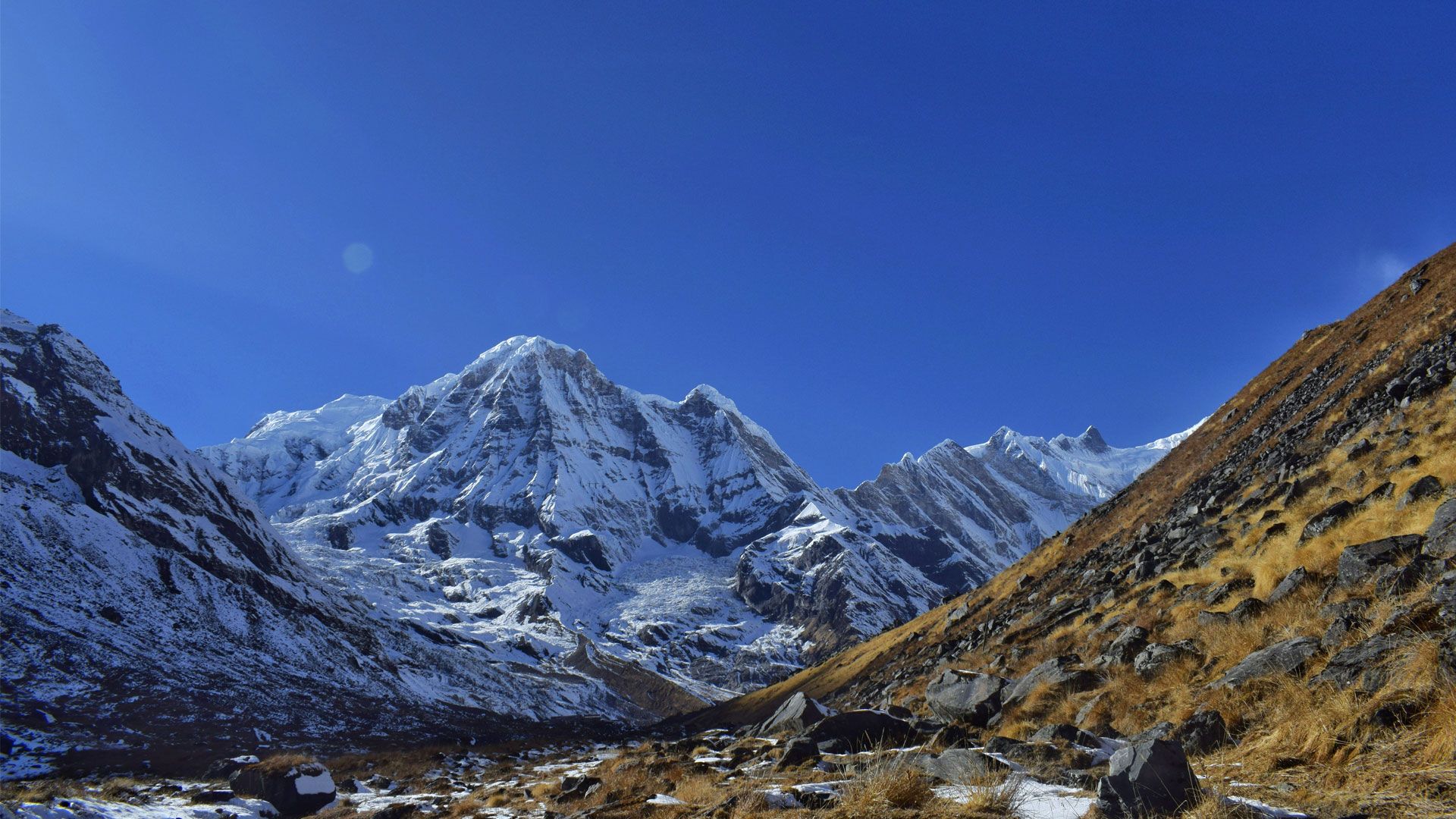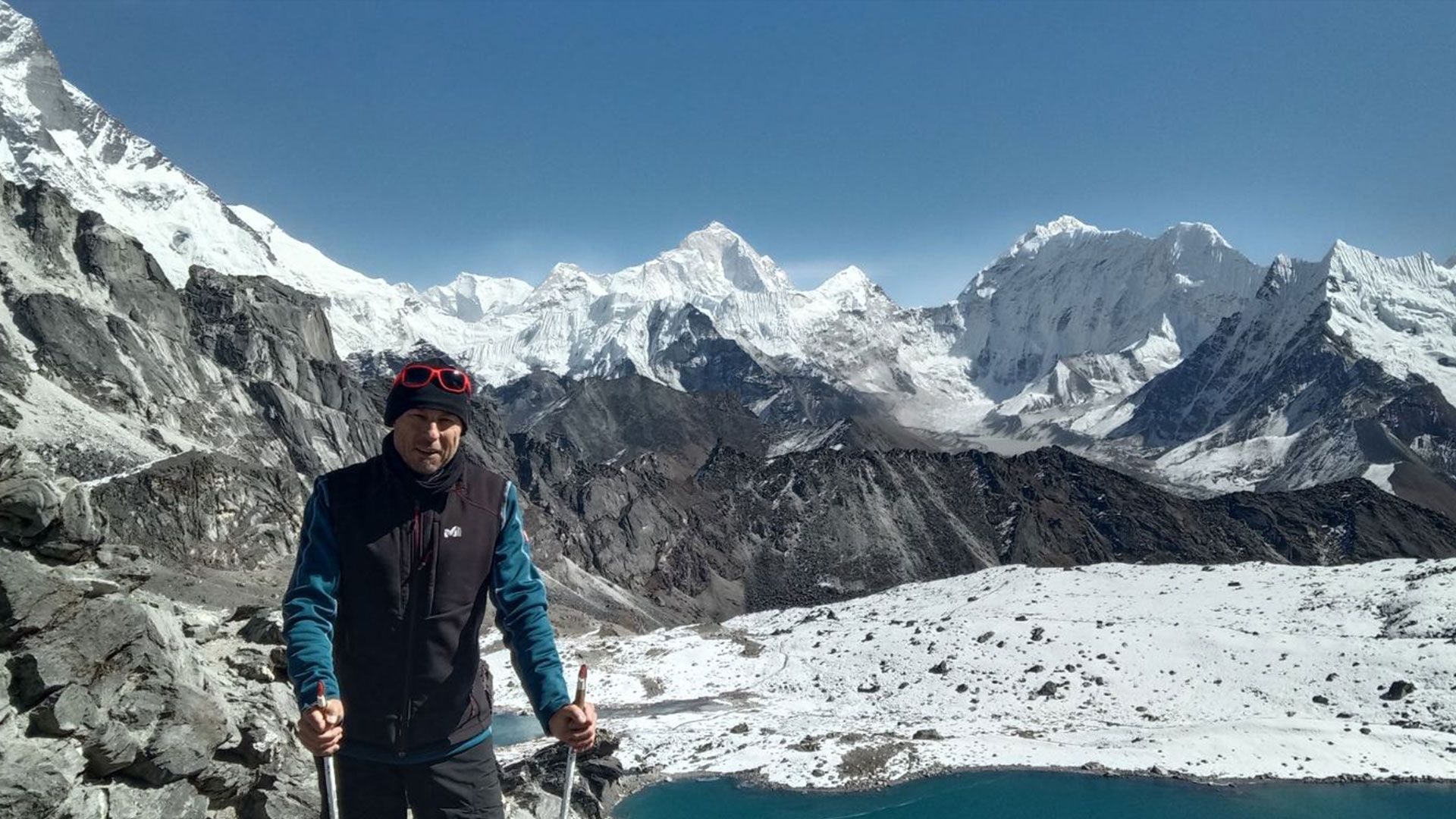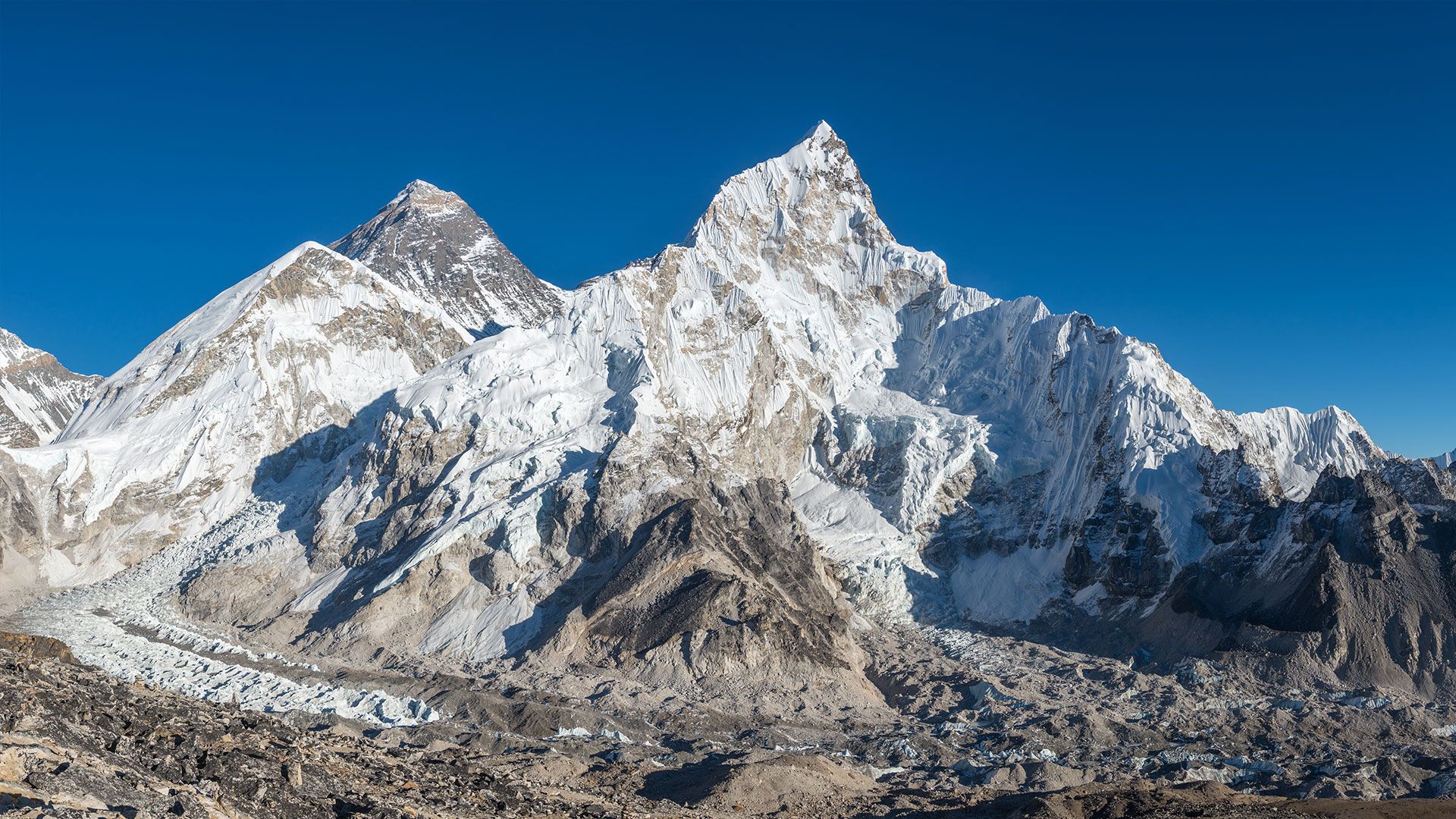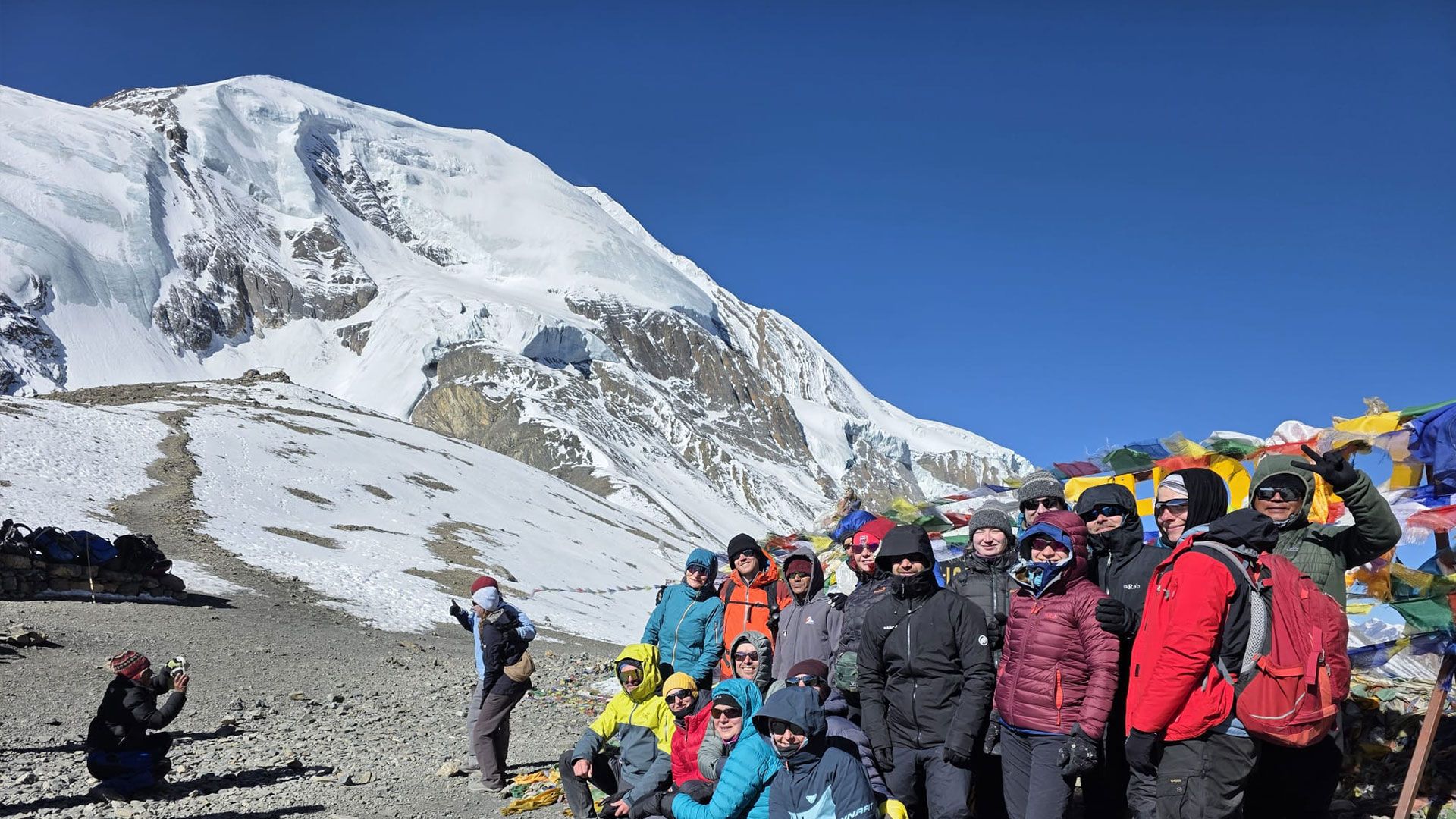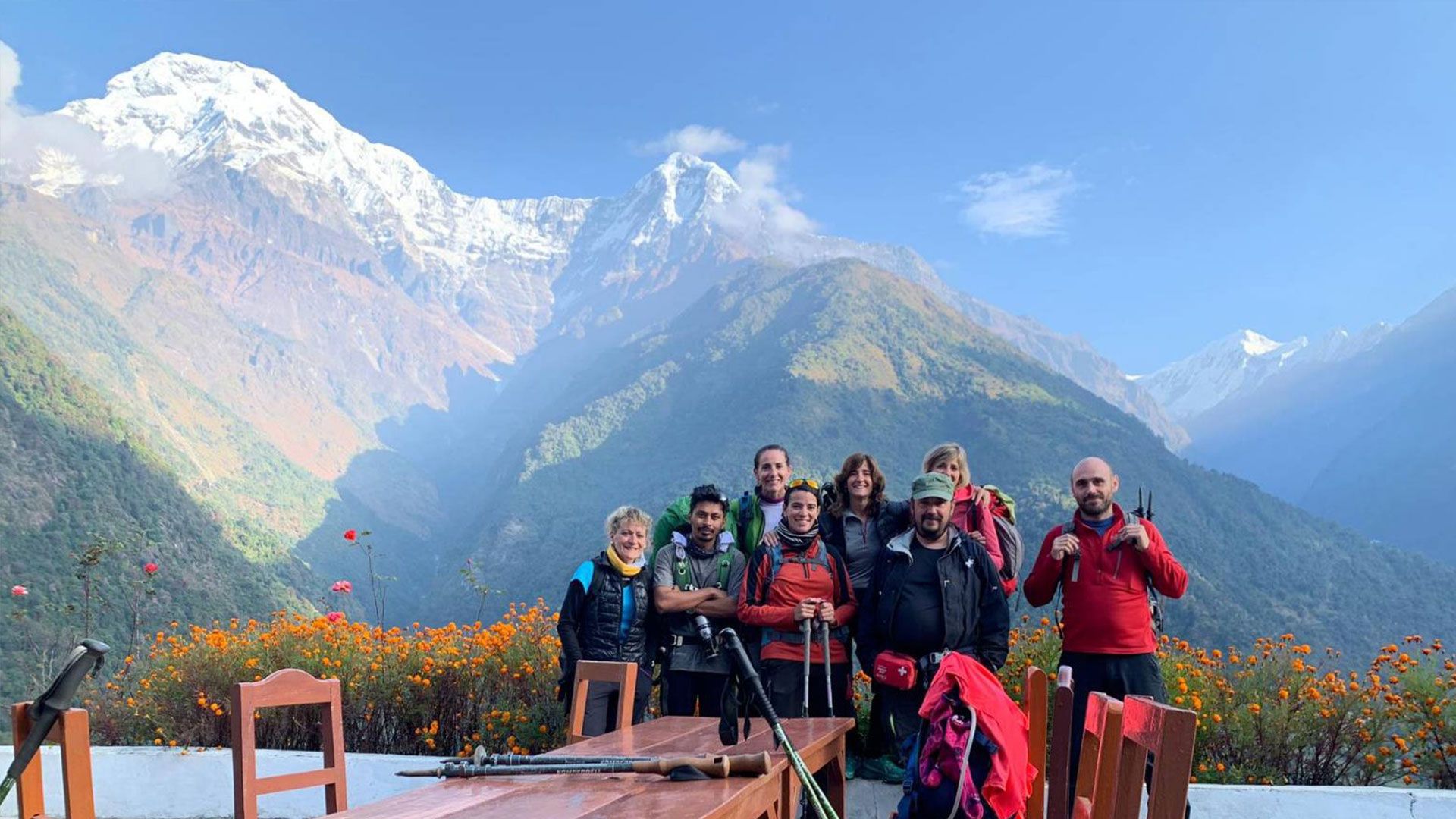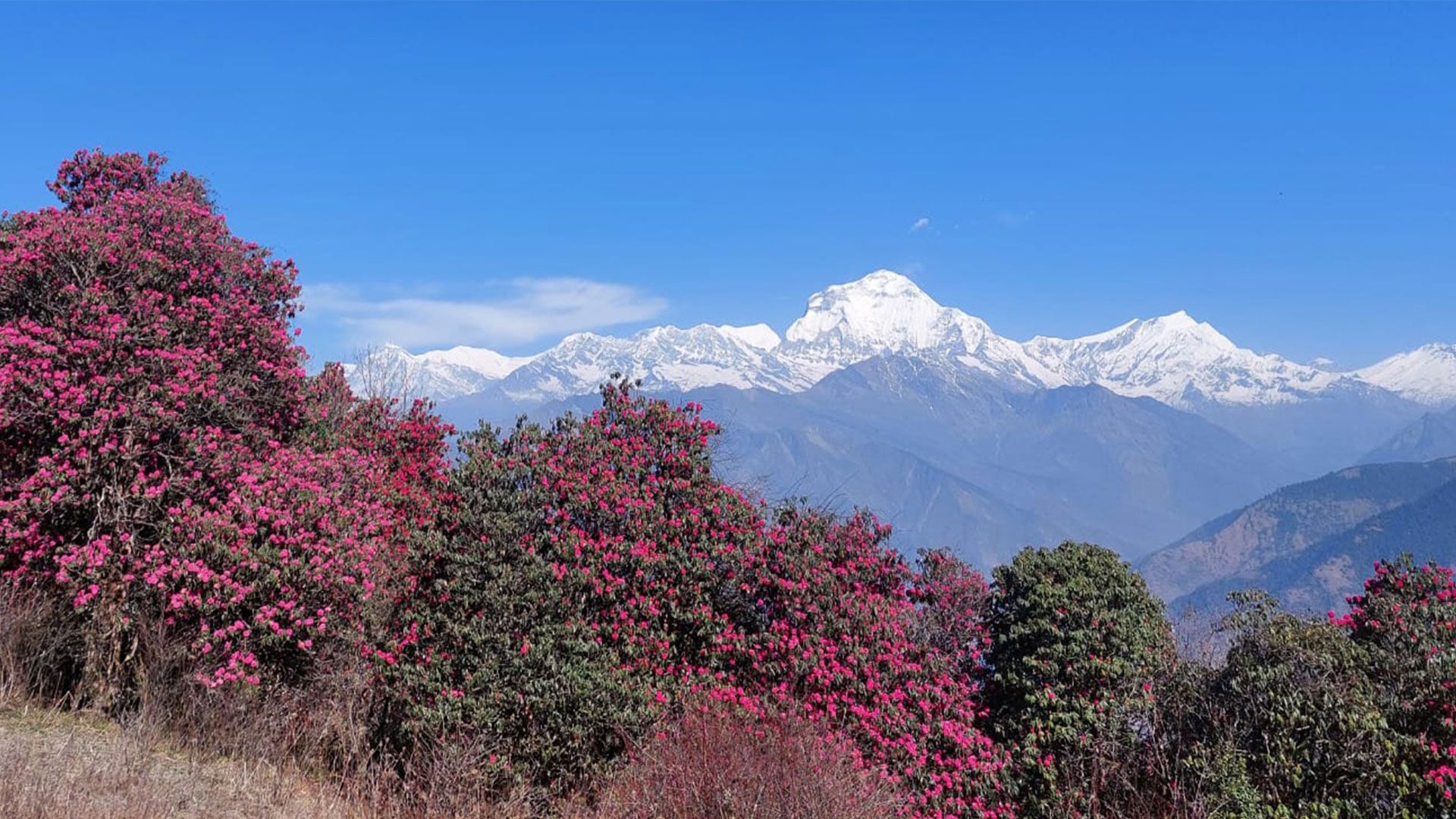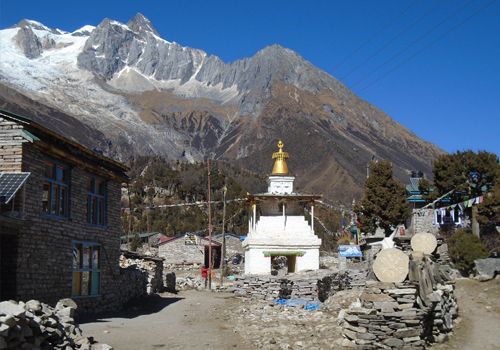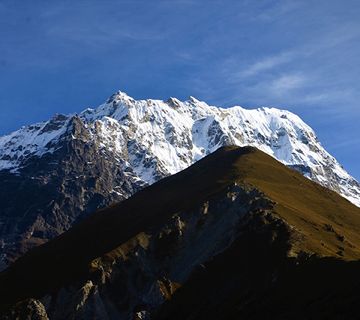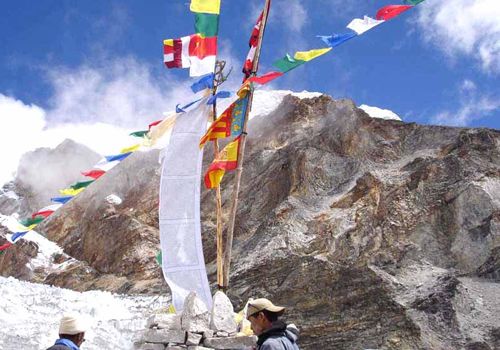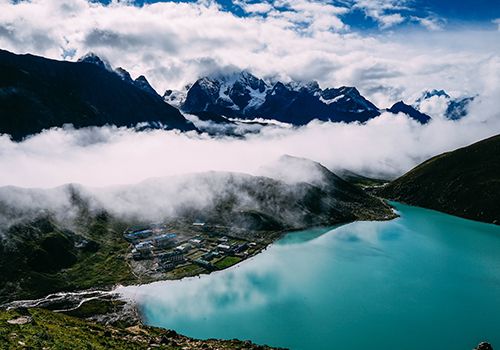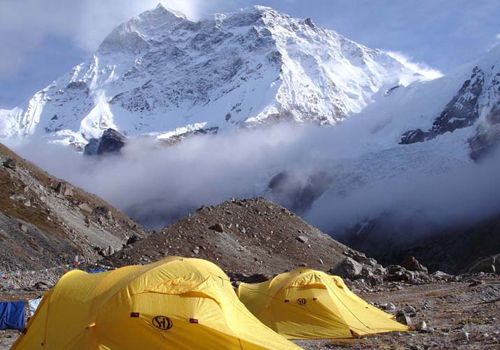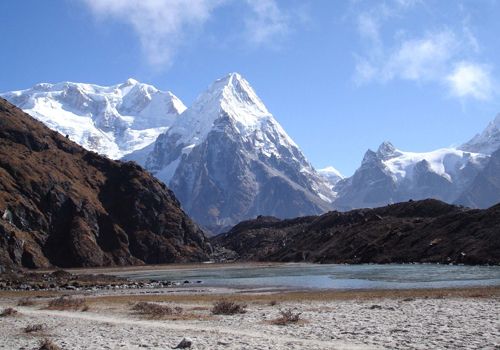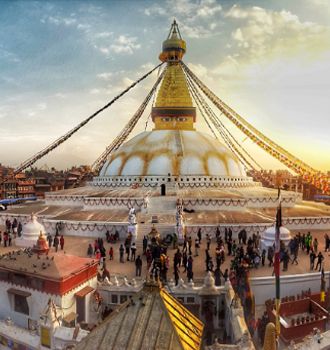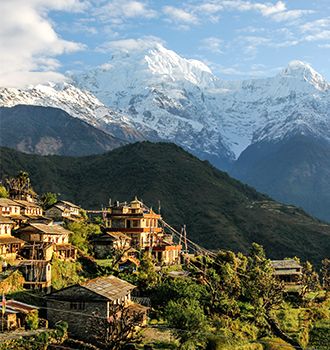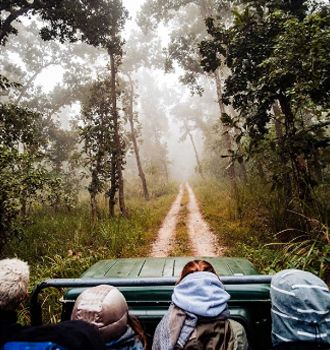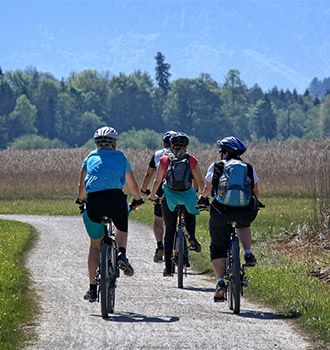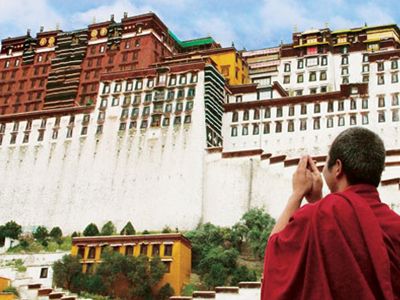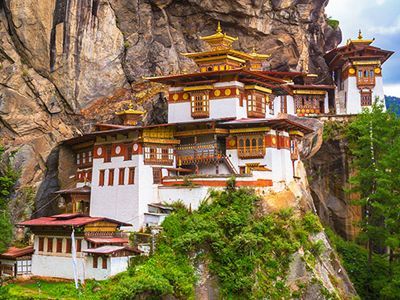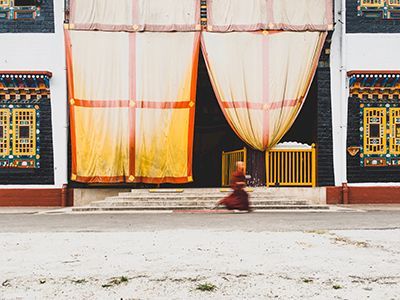Leading Adventure-Travel & Tour and Holiday agent in Nepal.
SINCE 1973
Since 1973, Sherpa Society has been organizing memorable holidays: adventure tours, trekking experiences and travels. Established by Late Ang Kami Sherpa, it is traditionally run by a Sherpa family focused for different age groups – individual/family/groups/agents joining our guaranteed departure or tailor-made programs. We are specially focused to provide companion service to assist your need to have a memorable stay in Nepal.
SINCE 1973
What our visitors have to say


The second time I have been with this company, both times Meena has been friendly and professional at organising treks for me along with a trip to Chitwan at very short notice. Mohan and Laxman are both friendly and pleasant guys to spend time with whilst trekking


– Joan M


– Tigran
Trekking Experience
Most Popular Trekking Adventure in Nepal
Experience the most exciting trekking route in Nepal. We are experts to make your travel upto or above your expectations. Below are some of our popular adventure.
Annapurna Sanctuary
11 Days
Nar & Tilicho Lake
17 Days
Tsum valley
20 Days
Dolpo & Phoksundo Lake
17 Days
Langtang Adventure
14 Days
Makalu Trek
24 Days
Gokyo Lake & Kala Pathar
16 Days
Rolwaling Numbur
14 Days
Kanchanjunga Trek
24 Days
Featured Activities
Find the perfect Activities in Nepal.
Tailor-made holidays
A Trip that adopt to your desire
You can also speak to our tour consult expert and start planning your trip in detail.
